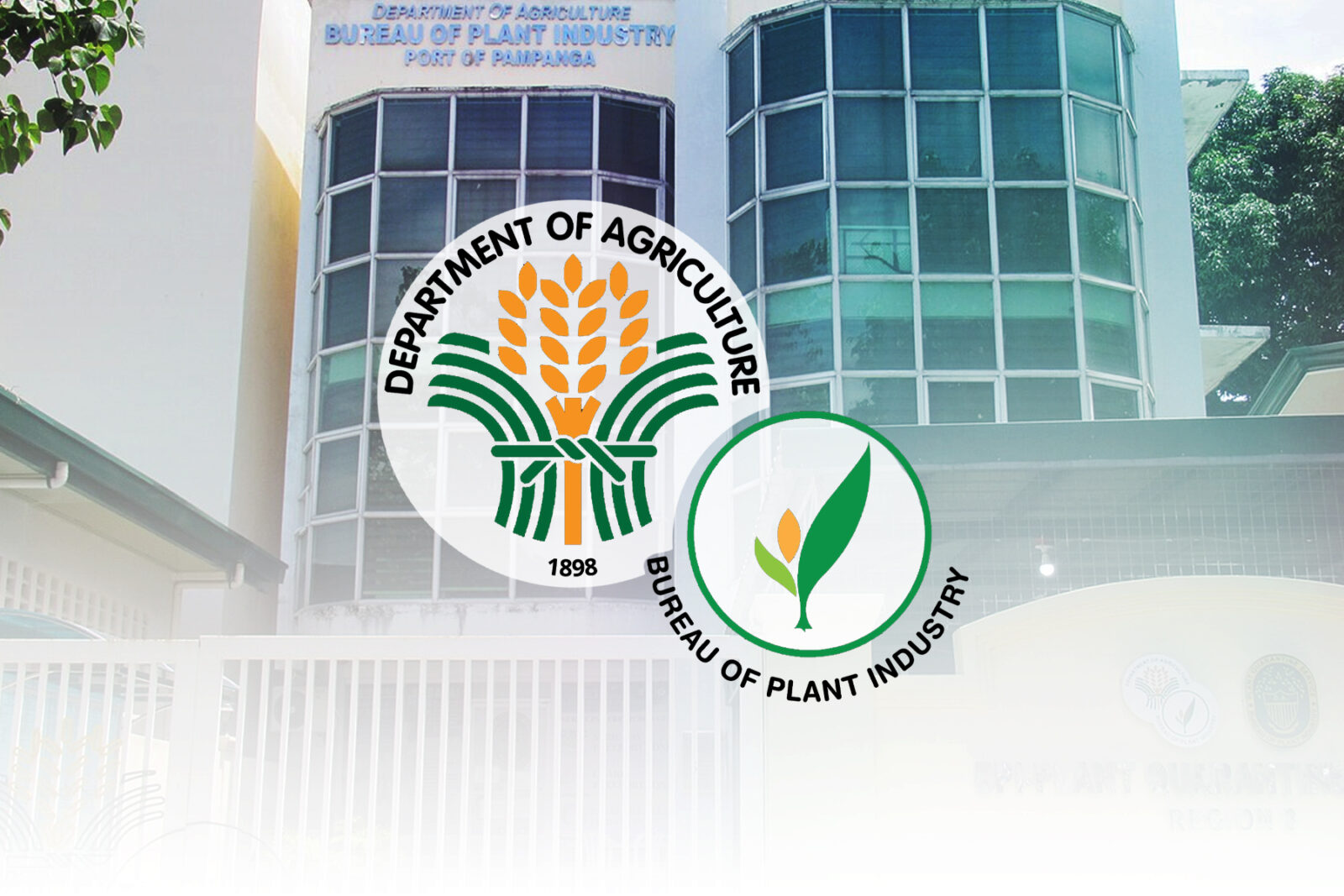Likely better harvest lessens rice imports

Expectations of a better rice harvest slowed down the arrival of imports into the country, government data showed.
Data from the Bureau of Plant Industry showed that overseas rice purchases totaled 2.002 million metric tons (MT) as of June 12.
This volume represented a 14.4-percent drop from 2.34 million MT recorded in the comparative period last year.
“First, traders imported a lot last year because of lower harvest since we have a strong El Niño and La Niña,” Agriculture Assistant Secretary Arnel de Mesa told the Inquirer in a Viber message.
“Now, we have a better harvest during the dry season and are looking forward to a good harvest as well our main cropping season (wet season). Hence, we really can expect a lower importation level for rice this year,” De Mesa said.
Vietnam remains the Philippines’ biggest source of imported rice. Vietnamese grains account for 74.9 percent of Philippine-bound cargoes.
Vietnam has shipped a total of 1.5 million MT of rice to the Philippines so far this year.
Myanmar was the second-biggest supplier with a 14.6 percent share of the total. Thailand had 5 percent and Pakistan, 3.6 percent.
The Philippines also imports rice from India, Cambodia, South Korea, Singapore, Japan, Italy and Spain.
Domestic palay production
Meanwhile, domestic palay production stood at 4.698 million MT in the first quarter of this year. This was slightly higher than 4.685 million MT in the same quarter a year ago, according to the Philippine Statistics Authority.
Under Executive Order No. 62, which President Marcos signed in June 2024, imported rice is slapped with a 15 percent tariff until 2028. This tariff level is subject to a review every four months.
Agriculture Secretary Francisco Tiu Laurel Jr. said earlier that the Department of Agriculture (DA) had recommended to the Tariff Commission a “gradual and well-timed” hike of the duty on rice. Tiu Laurel said this is intended to minimize its impact on both local and global markets.
“Our suggestion is a gradual increase … eventually returning to the 35 percent duty,” Tiu Laurel said during a hearing of the Murang Pagkain Super Committee at the House of Representatives.
Tiu Laurel had said the DA proposed implementing the increase in import duty to coincide with the harvest seasons of major rice suppliers—around late September for Vietnam and December for Pakistan.
He warned that an abrupt 20-percentage-point hike could undermine efforts to stabilize retail prices of the staple grain.
“A sudden increase could shock not only the local market but also ripple across the global rice trade,” he added.





















